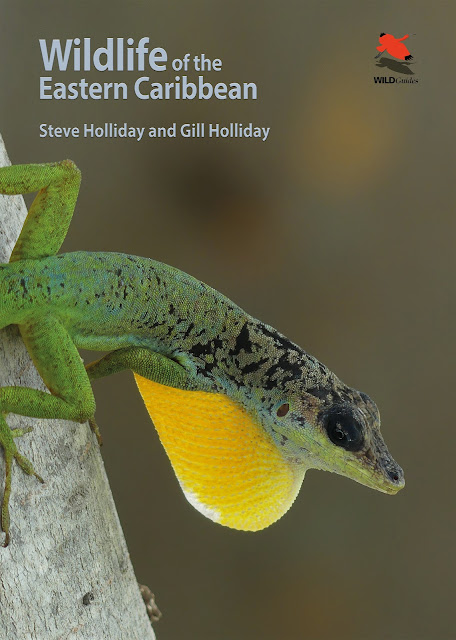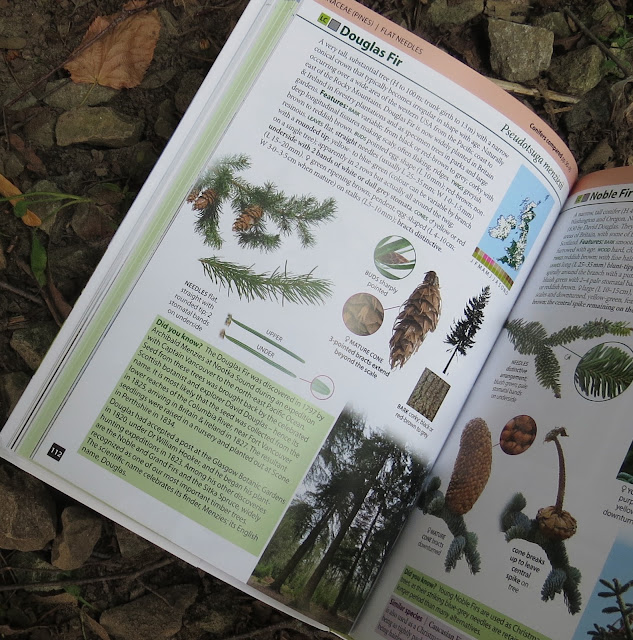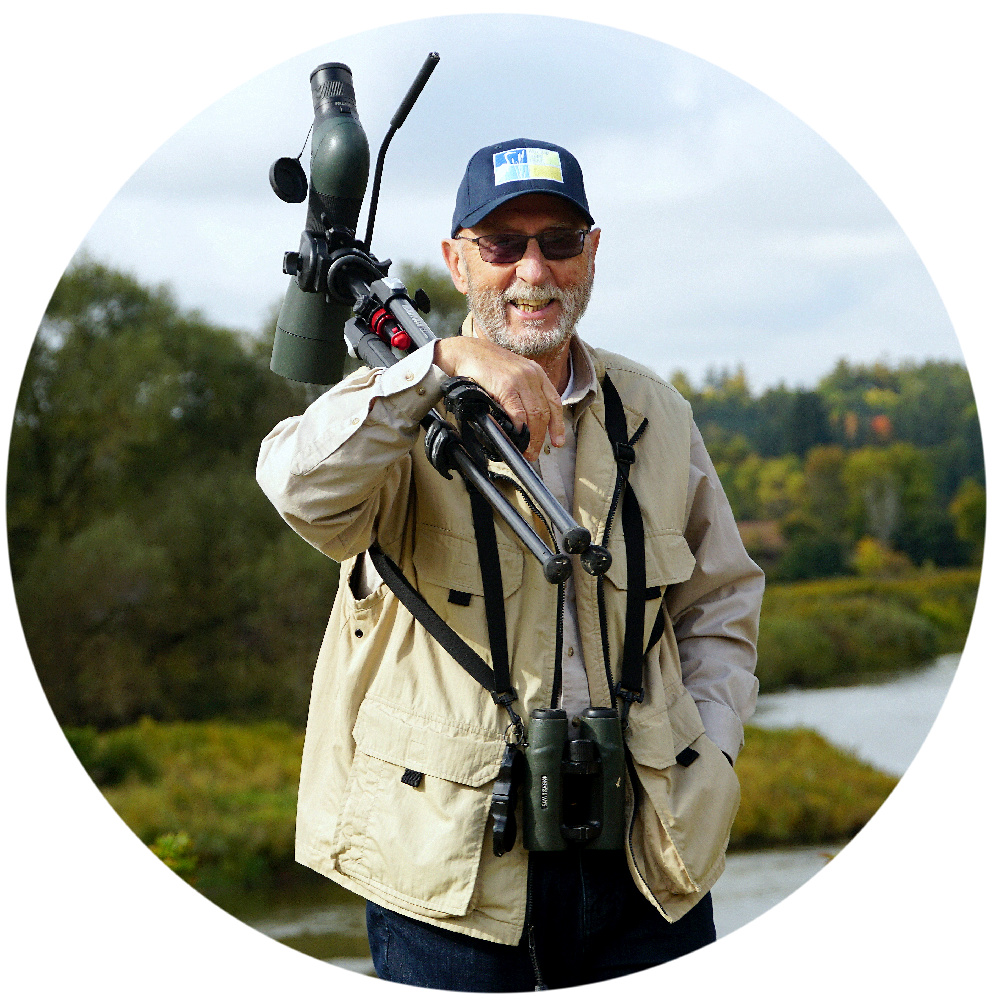I admit to being ignorant of the authors of this book until now, (I assume they are a husband and wife team), but they have impressed me with this volume. What a grand idea to publish a guide covering the full scope of the wildlife of the Eastern Caribbean. To compress all of the organisms into one volume is brilliant both in concept and execution, and the book is still not unreasonably large or heavy.
It is apparent from the get-go that the Hollidays have a deep understanding of this area of the world, and we benefit from their accumulated knowledge and experience. I have visited this region several times over many years, and would have benefitted greatly had this guide been my companion.
The only guide I ever had was the first edition of Birds of the West Indies, a classic in its own right, but dealing only with birds, of course. Princeton published a magnificent second edition in 2020, updated and enhanced in myriad ways - but still only birds.
Now, in one volume I have an excellent reference to many other forms of wildlife - reptiles, amphibians, mammals, arthropods, insects, dragonflies and damselflies, butterflies and moths, and even land snails.
The photographs are glorious and the descriptions succinct and informative, containing all the information necessary to identify species in the wild. This, of course, is exactly what a good field guide should do. How pleasant it would have been in times past to have been birding on a beach in Barbados to have a ready reference to the crabs that scurried along the sand ahead of me, or that snake in Martinique that slithered away unidentified.
More people watch birds than any other form of wildlife, but every birder develops an abiding curiosity about other lifeforms, and in the same way that he or she is driven to attach a name to the bird in the binocular field, there develops an imperative to identify and name other organisms. Therein lies the essence of natural history, a curiosity for all living things, the drive to name them, and the need to know more.
I am very happy to have this book. My Caribbean explorations in recent years have been in the western islands, particularly Cuba, but I feel a surge of wanderlust urging me to once again visit the eastern archipelago.
Rest assured this book will go with me!
Steve Holliday and Gill Holliday
US$29.95 - UK£25.00 - ISBN: 9780691199818
320 pages - 5.88 x 8.25 inches (14.7 x 20.625 cm)
750+ colour illustrations
Publishing date: 01 July, 2025


















































































.svg.webp)









